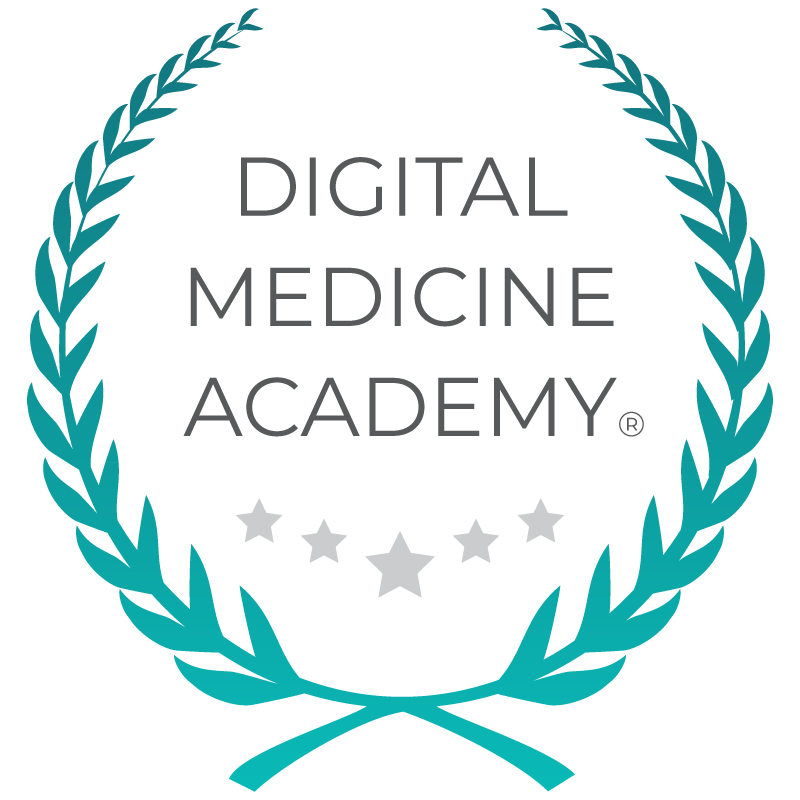
Show, don’t tell: The rapid evolution of digital medicine
When we launched DiMe nearly two years ago in May of 2019, none of us could have predicted the ways in which our world has changed. As we reach “the end of the beginning” of our war against COVID, expectations remain as high as ever for digital medicine to deliver a new era of healthcare. As the professional society dedicated to advancing the safe, effective, ethical, and equitable use of digital medicine to optimize health, how have our activities — and those of our members — positioned us to deliver on these extraordinary expectations?
Shortly after we launched, we made the bold statement, “The success of DiMe will be measured not by our work, but by our impact on advancing digital medicine to optimize human health.”
Is this still happening?
Yes, it is. And… this likely warrants some clarification.
As slogans and hashtags like #nogoingback pepper social media and talking points across our industry, what on earth is it that we’re trying to do here? What aren’t we going back to? And what are we doing instead? How are we planning to measure what ‘good’ looks like?
Let me start with the easy part. More technology isn’t necessarily better. Improved access to care is better. Increased health equity is better. A reduction in preventable harm is better. Improved outcomes are better. Healthcare at a price that individuals and society can afford is better. Saved lives are better. Improved lives are better.
So now for the hard part: How will digital technology deliver on this when we’ve struggled with these issues for so long?
Thinking of digital health products in isolation is not going to be the solution. Rather, what’s required is the wide deployment of these technologies — and the data they generate.
Imagine a healthcare system where our success is defined by individuals’ health, not by treatment of their sicknesses.
Imagine that, when individuals do need care, each individual — regardless of geographical location or demographic background — gets the right care, in the right place, at the right time.
How do we get from here to there? How do we get from a high-cost, low-value system to one characterized by good health, good patient experience, and costs that both individuals and society can afford?
If our ultimate goal is to optimize human health, our approach cannot be focused on shoehorning individual technologies into existing clinical workflows and calling it ‘innovation’. Rather, we must take a coordinated approach to caring for people’s health that is effective, affordable, and accessible.
Since our inception less than two years ago, DiMe has been remarkably successful in generating what we like to call ‘clinical-quality evidence on a tech timeline’.
And this evidence to advance the field of digital health has been well received:
- Our primer on digital measurement has been a #1 bestseller on Amazon.
- Our V3 framework for evaluating biometric monitoring technologies was described by the European Medicines Agency as the foundation for developing digital health technologies.
- Our Playbook on digital clinical measures has been downloaded over 10,000 times.
We’ve established major partnerships with leading patient organizations and government agencies:
- Our work with Savvy Coop aims to ensure that we bring meaningful patient engagement to digital medicine.
- Our partnership with the German Federal Ministry of Health (hih) is focused on advancing innovation in evidence generation to support broad acceptance of digital health applications across geographic and regulatory regions.
- In collaboration with the American Telemedicine Association (ATA) we launched IMPACT, a virtual-first medical practice collaborative that seeks to redefine what patient-centered care looks like, without the burden of reverse-engineering existing traditional workflows.
- Most recently, our partnership with the Veteran’s Health Administration aims to help the country’s largest healthcare provider in its efforts to “operationalize” innovation, particularly with respect to digital health technologies.
U.S. healthcare is in crisis. Digital data and technologies provide real opportunity for change and a move toward optimizing human health. However, this promise will not be realized organically, and indeed may cause more inefficiency — or worse, harm — if not well-deployed.
As DiMe’s work evolves to include driving the adoption of best practices as well as co-creating them with our community, we must continue to identify the most pressing challenges and the best-positioned partners to address them with.
If you are working to take digital health innovation to scale and want the field to benefit from your successes and lessons learned, please let us know. It’s time to show, not just tell, what success looks like in practice.
At DiMe, our commitment to fully integrating experts from all of the disciplines comprising digital medicine is unwavering. From regulators to white-hat hackers, ethicists to engineers, and clinicians to citizen scientists, we are proud to welcome all experts committed to ensuring that digital medicine realizes its full potential to improve human health. Join us!


